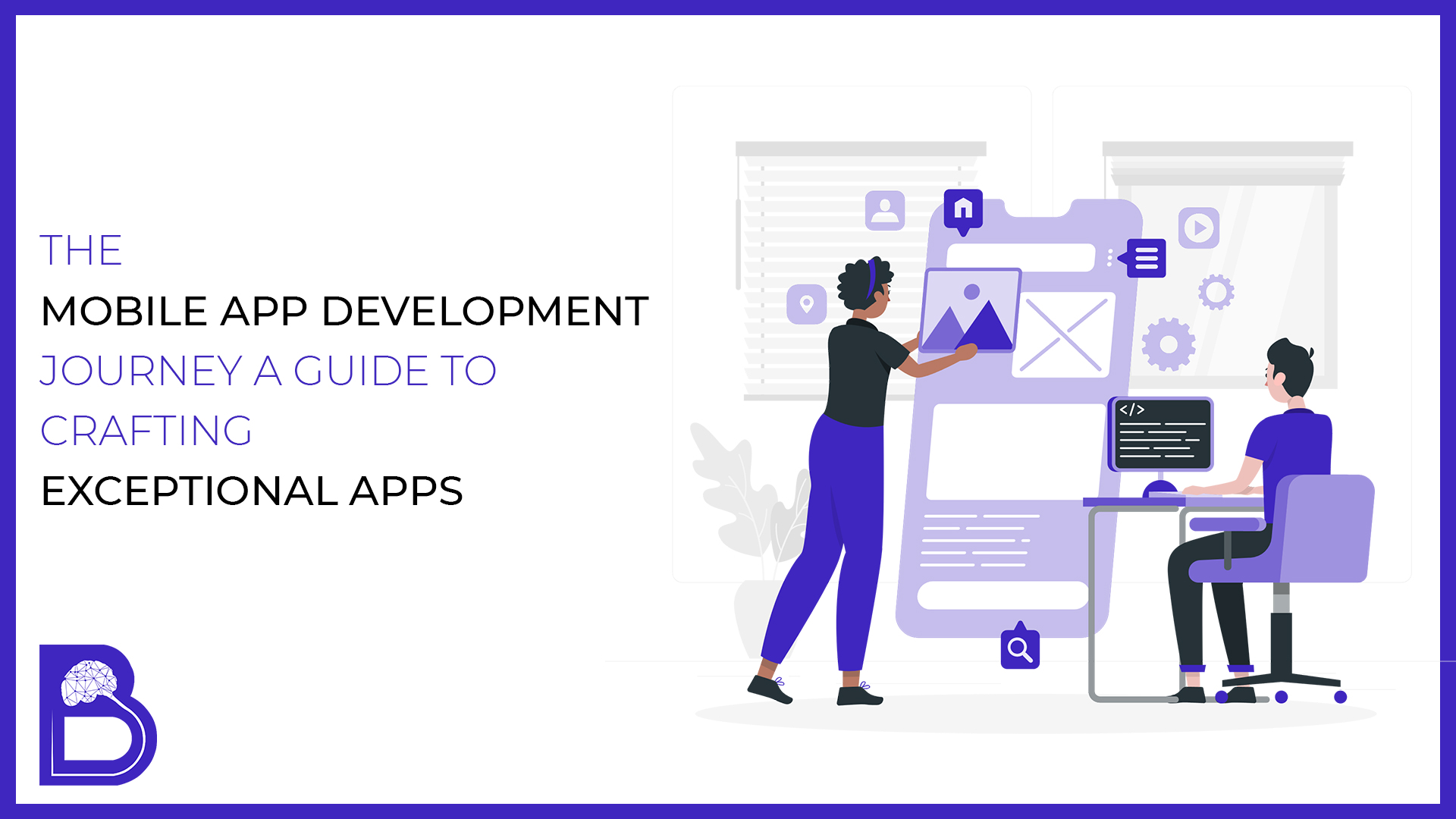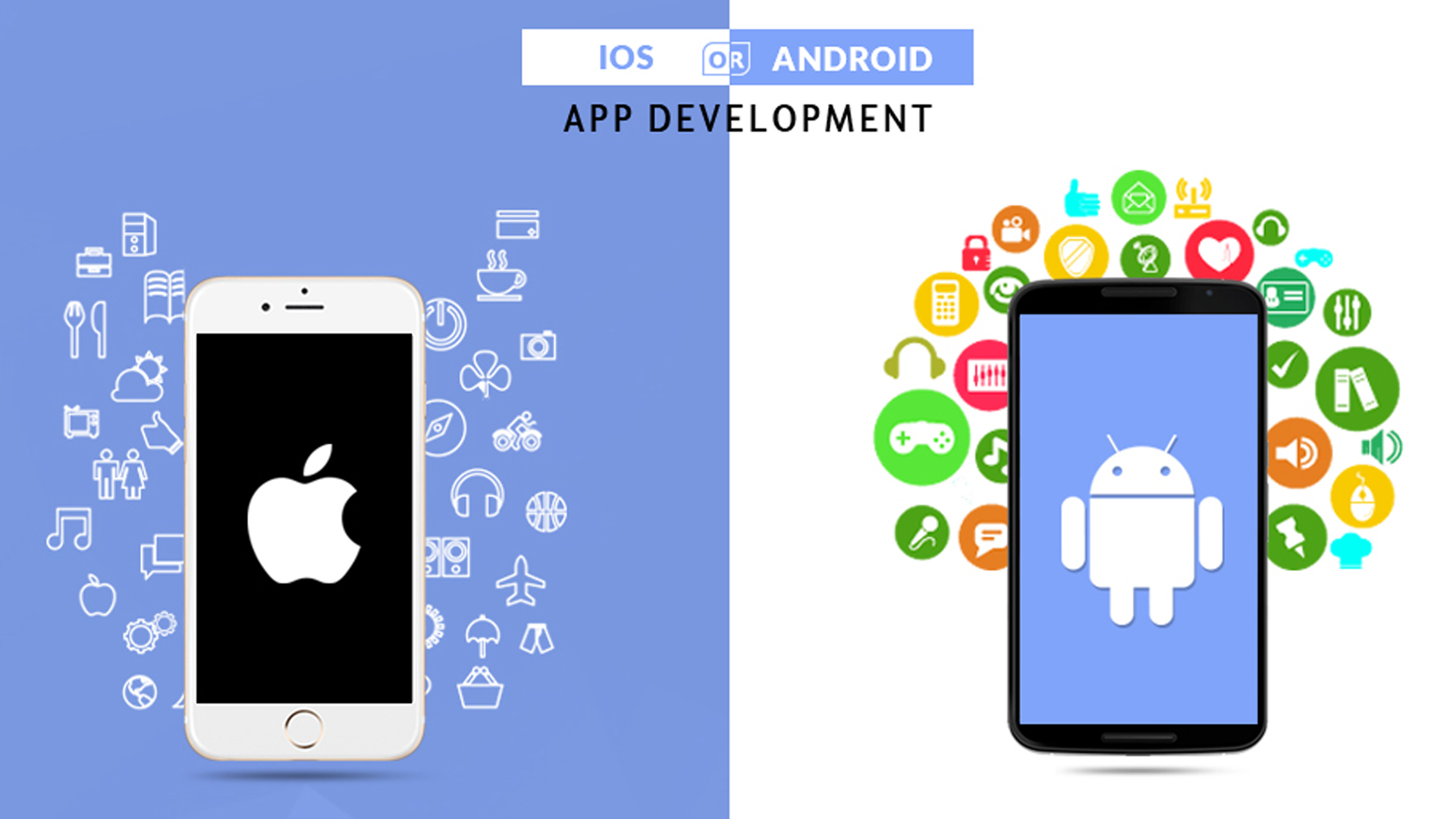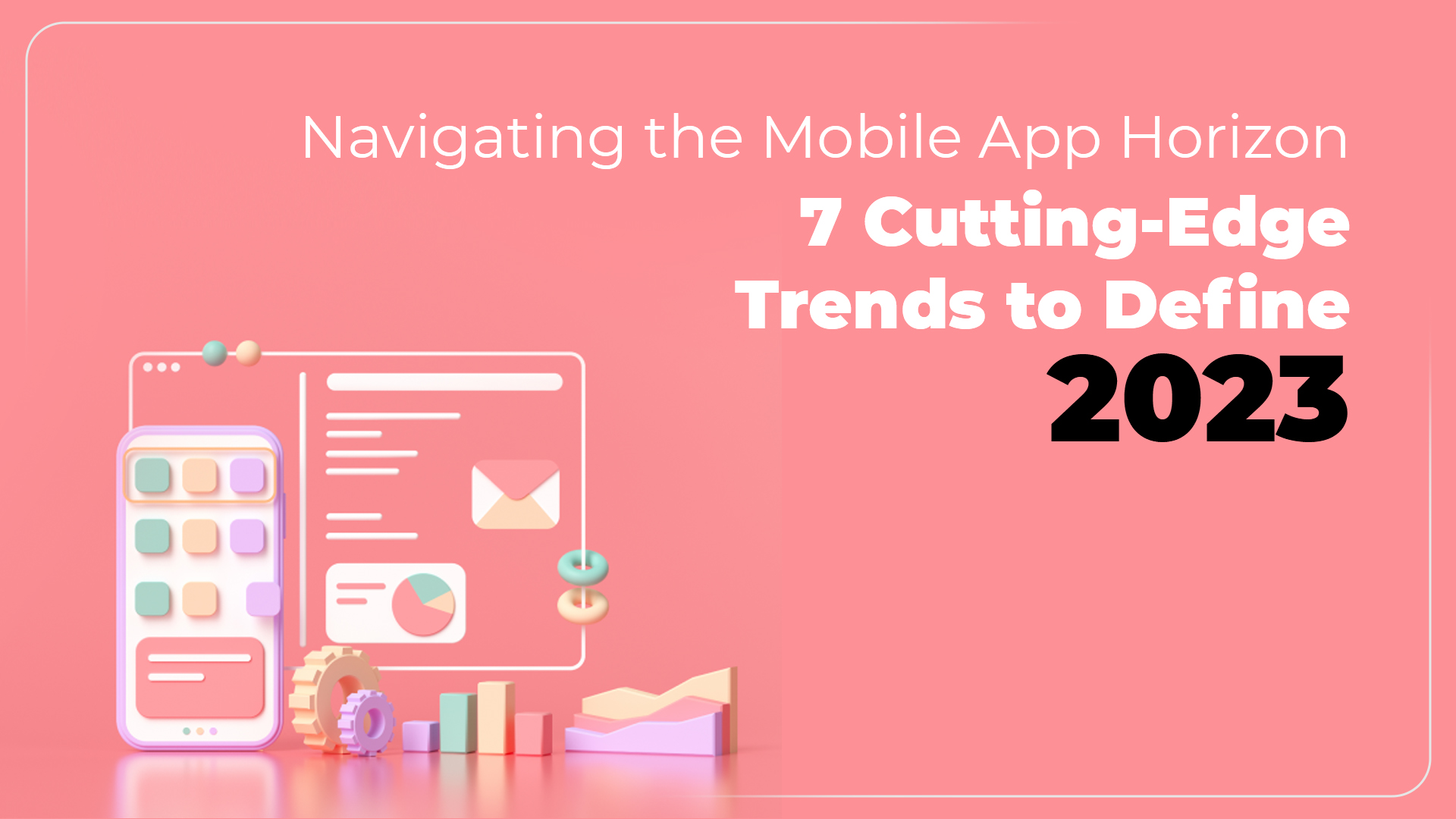25 January 2024
The Mobile App Development Journey: A Guide to Crafting Exceptional Apps

The Mobile App Development Journey: A Guide to Crafting Exceptional Apps
In today's digital era, mobile applications have become the cornerstone of modern business strategies, serving as powerful tools to engage users and drive growth. Whether you're a startup or an established enterprise, embarking on the journey of mobile app development requires careful planning, creativity, and technical prowess. Let's delve into the essential steps and considerations to ensure your mobile app stands out in the crowded app marketplace.
1. Define Your Objectives
Begin by clearly defining the purpose and objectives of your mobile app. Understand your target audience, their needs, and how your app can solve their problems or enhance their experiences.
2. Market Research
Conduct thorough market research to identify existing competitors, analyze their strengths and weaknesses, and uncover opportunities for differentiation. This insight will inform your app's unique value proposition and positioning strategy.
3. User Experience (UX) Design
Prioritize user experience design to create intuitive, user-friendly interfaces that delight and engage users. Focus on seamless navigation, visually appealing layouts, and consistent branding to enhance usability and retention.
4. Platform Selection
Choose the right platforms (iOS, Android, or both) based on your target audience demographics, market share, and budget considerations. Each platform has its unique requirements and design guidelines, so tailor your app development approach accordingly.
5. Development Approach
Decide whether to build a native, hybrid, or cross-platform app based on factors such as performance requirements, time to market, and development resources. Collaborate with experienced developers to select the most suitable technology stack and development framework.
6. Agile Development Process
Embrace an agile development methodology to iteratively build, test, and refine your app in short development cycles. Regular feedback from stakeholders and end-users ensures that your app evolves to meet changing requirements and market demands.
7. Quality Assurance (QA) Testing
Implement rigorous QA testing throughout the development lifecycle to identify and resolve bugs, usability issues, and performance bottlenecks. Utilize automated testing tools and real-device testing to ensure your app delivers a seamless user experience across diverse devices and operating systems.
8. Deployment and Launch
Prepare for App Deployment by creating compelling app store listings, optimizing keywords for discoverability, and complying with app store guidelines. Coordinate a strategic launch plan to generate buzz, attract initial users, and garner positive reviews and ratings.
9. Post-launch Optimization
Continuously monitor app performance metrics, user feedback, and analytics data to identify areas for improvement and optimization. Regularly update your app with new features, bug fixes, and enhancements to keep users engaged and loyal.
10. Marketing and Monetization
Develop a comprehensive marketing strategy to promote your app through various channels, including social media, app store optimization (ASO), influencer partnerships, and targeted advertising. Explore monetization options such as in-app purchases, subscriptions, or advertising revenue to generate sustainable revenue streams.
By following these essential steps and embracing a customer-centric approach, you can embark on a successful mobile app development journey and create a standout app that captivates users and drives business growth in today's competitive landscape.


 INDIA
INDIA USA
USA









